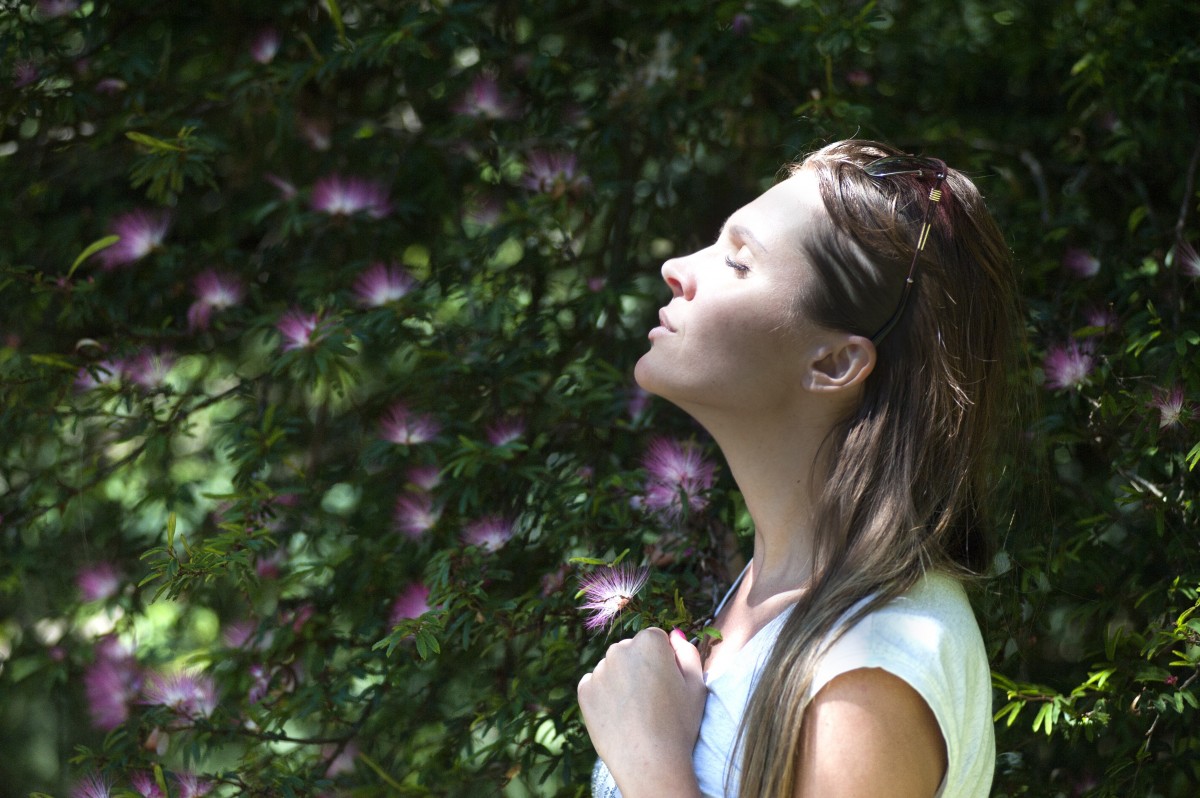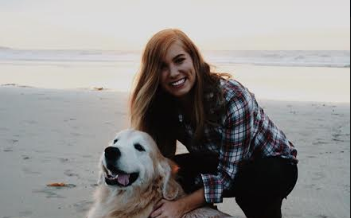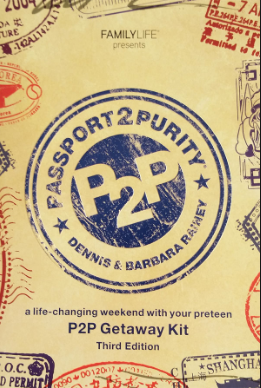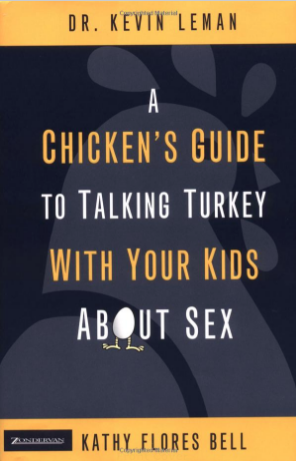
by Kathryn de Bruin | Jul 1, 2019 | Anxiety, Family Therapy, Therapy
Breathing is one of the most natural and healthful functions of the body.
The inhalation of oxygen creates the beginning of an exchange as the gas moves into the millions of alveoli in the lungs, then on to the blood in the surrounding capillaries where it moves carbon dioxide from the blood to the alveoli. Breathing is, in most case, automatic.
The brain and small sensory organs signal when oxygen levels are too low or carbon dioxide levels are too high. In response to this signal, the brain increases the speed and depth of breathing. Deep breathing exercises have been used for years as a way of relaxing the body. Anyone who has ever noticed how an infant’s abdomen rises and falls with each breath has experienced the art of proper deep breathing.
Most adults today tend to fill only the upper chest when they breathe and thus miss how the increased oxygen intake relieves tension and improves metal alertness. By employing some of the more popular deep breathing exercises listed below you can strengthen the lungs, relieve bronchitis, improve circulation, oxygenate the blood and minimize the reoccurrence of respiratory ailments.
One of the fastest and most effective stress-relievers is the “4-7-8 breath”
1. Place the tip of your tongue against the bony ridge by your upper front
teeth
2. Breathe in through your nose for 4 counts
3. Hold your breath for 7 counts
4. Exhale through your mouth (making a whooshing sound) for 8 counts
Repeat this cycle 4 times, twice a day

by Kathryn de Bruin | Feb 28, 2019 | Family Therapy
We’re so excited to announce that Ansley Fraser Curtis has joined our San Diego Therapy Team!
We wanted to do a little Q&A with our newest member, Ansley Fraser Curtis, to get to know a bit more about her and her journey as a therapist!
We’re overjoyed to have you on the team Ansley!
Q: What therapy methods do you practice, and what age groups/demographic do you serve?
I ground and orient my work in attachment theory and with an emotion-focused lens, recognizing that our emotions are often some of our most powerful messages about our needs, desires and how we are experiencing our world. I’m very relationship-oriented and recognize the healing transformative power of relationships, knowing that we heal and grow in the context of relationships with our partners and/or children, with therapists who walk alongside us, and with ourselves. Relationships are the most powerful vehicle of healing. As a practitioner, my style is more eclectic as I pull together common elements of evidenced-based practices (i.e. EFT, TF-CBT, child-centered play therapy, child parent psychotherapy, etc.) to get to the heart of the matter with children and their families in order to help them reconnect to themselves and each other. I specialize in working with children and adolescents, family systems, and in the treatment of trauma.
Q: How did your journey as a therapist start?
Looking back on my life, I’ve always been a relationship-oriented individual who loves to get to know people and listen to their life stories. So in that sense, my journey as a therapist began when I was a young child learning about life and relationships. However, my official journey as a therapist started when I was 16 years old as the reluctant teen who’d been taken to a therapist by her mother. Like many teens, I was not a fan of my mother’s perspective and (like many people of all ages and stages) had major anxiety about talking to a complete stranger about all of the challenges adolescence (or life in general) can bring and sharing my innermost thoughts and feelings. I remember walking away from my first session with a felt-sense of deep validation and compassion that I had never experienced before, and this was a feeling I wanted to give back to others. Through my experience in therapy as a teen, I identified one of my greatest and most central purposes in life: to walk alongside others in their healing journeys with compassion, understanding, and empathy.
Q: What is your favorite aspect of being a therapist?
This is such a hard question because I absolutely LOVE my work! I would say my favorite aspect is creating connections. I truly enjoy getting to know the children and families I work with and consider it an honor to walk alongside families as they work towards creating stronger connections within themselves and with each other. Working as a play therapist is also just really enjoyable!
Q: Are there any influential books, podcasts, or resources you’d like to share?
BOOKS:
“The Emotional Life of a Toddler” by Dr. Alicia Lieberman
“Parenting From the Inside Out” by Dr. Dan Siegel
“Daring Greatly” by Brene Brown
“The Gifts of Imperfection” by Brene Brown
“Tiny Beautiful Things” by Cheryl Strayed
“The Invisible String” (a children’s book about attachment) by Patrice Karst
“The Kissing Hand” (a children’s book about attachment) by Audrey Penn
“The Whole-Brain Child: 12 Revolutionary Strategies to Nurture Your Child’s Developing Mind” by Daniel J. Siegel and Tina Payne Bryson
PODCASTS:
Holding Space by Dr. Cassidy Friedus
Unruffled (Respectful Parenting: Janet Lansbury)
The Modern Dads Podcast
The One In A Million Baby

by Kathryn de Bruin | Feb 24, 2019 | Anxiety, Family Therapy
Struggles with Child Anxiety: Is there really a way through this?
After our first blog entry of the series, I wanted to dive deeper into our family’s journey with anxiety and how we best combat it together. I have a sweet, soft hearted daughter, who can take life too seriously at times. She can err on the side of making others happy at her own expense and gets anxious about things that face her. This child anxiety has shown up at different parts of her development, be it separation anxiety in going to school, fear about monsters at nighttime in her bedroom, or fear about nightmares disrupting her sleep.
1. I Soothed Myself as a Parent
Seeing her develop these fears was so scary for me, because I’ve struggled with anxiety during my life. The last thing that I’ve ever want is for her to struggle the way that I have. And so I teetered on panicking when she started symptomizing and going to the worst case scenario – my daughter has an anxiety disorder and will struggle throughout her lifetime with this. After getting support for myself, I was able to make the switch to believe that I would be able to soothe her and could say to myself, my daughter is anxious at the moment (which is developmentally on par), but I can parent her through this and teach her how to manage these symptoms from early on, and she will be stronger and wiser growing up with learning how to
manage these challenges.
2. I Let Her Emote
She’s such an emotional little girl, and when she would emote and seem so sensitive I would start to worry, going into futuristic thinking. Anxiety always takes us into the past or the future, where we can’t fix anything. It’s important to recognize this and to stay in the present. I took a deep breath and picked her up in these moments. I let her sit on my lap and just held her tight. I’d say something my mom would say to me, “hold me tight and squeeze all the sadness into me”. Eventually her breathing would calm, and I could wipe her eyes. After leaning in, in this way time and time again, I can confidently say that it’s rare that she emotes in this seemingly intense way anymore. She’s learned to regulate herself a lot better. That’s a skill that children learn through experience, through being soothed regularly.
3. We Developed Rituals
We are a Christian family, and so we started making her bedtime predictable, and we set some rituals in place that she could count on. We pray together each evening, I’d make sure that her closet door is closed, and I tickle her back while we sing a song together. Our song is based on Psalm 4:8 and focuses on a God who is soothing and protective. She’s come to rely on doing this every night and I believe that the structure gives her peace and that the touch soothes her nervous system. The skin is the largest organ we have, and skin to skin contact can be an effective way of soothing.
4. We Built Her Confidence
Helping children to be assertive, and especially to have a ‘come back’, is very important in American culture. When her brother teases her, and always had the upper hand because he’s older and therefor more resourceful with his cognitive brain, I have taught her to stand up for herself. For a long time, after a smart comment from him, she’d run to me crying, looking for me to step in and take care of the situation. Instead of always stepping in, I started walking her through ways to deal with him. I’d ask her, “well do you believe what he said? Is it true? If it isn’t, what is true? What should we say back to him”, and we’d brainstorm a number of comebacks. Things like, “Why are you making a big deal about this? You can’t seem to leave me alone? You’re the one who’s being silly”….and so on and so on. Two years later, these come naturally for her and she can hold her own in social situations. She’s still a sensitive, sweet child, but she’s confident and can assert herself when others are giving her a hard time.
5. Finding Her Intuition
We take time for meditation, to slow down and to listen to the spirit/soul/body. When she’s uncertain about what to do, before giving her answers, I’ll ask her what her gut says, and get her to slow down to listen inside. I believe that this vital for a child to learn, that they have an intuition and that it can guide them in life. This is still rather abstract a concept for her, but we keep practicing this.

by Kathryn de Bruin | Feb 8, 2019 | Anxiety, Family Therapy
Having a child who develops symptoms of anxiety is awful. We worry about our children, but even worse, we feel so helpless as parents when we don’t know how to soothe them.
Soothing children is a primary function of being a parent, and so we end up feeling powerless when we can’t do so. We try our best to talk them out of the anxiety, to show them logically that what they are afraid of makes no sense. But the more we seem to talk them out of the anxiety, the more anxious they seem to get. And where does this leave us? If we can’t explain to them that their anxiety is irrational, then how do we help them? There is nothing rational about anxiety, it’s not a problem that we can fix by being rational. The good news is, that there is a lot that can be done. The body cannot be anxious and relaxed at the same time, and so learning how to soothe and bring the nervous system into a state of calm, will diminish the anxiety. There are countless ways of doing this and you can learn how to master these.
Anxiety is the most common emotional childhood disorder, and so learning to help children overcome this is important and will equip them with life-long skills. In fact, most adults can relate to having felt anxious at some point, and so you have the best resource within yourself, relating to how they feel in these moments of terror, and letting them know that they are not alone. Anxious moments are also common to growing up, almost like growing pains are to growth. They come during the various life stages and can be momentary as we adjust to the new challenges that life presents. Putting these symptoms into perspective, distinguishing when they are diagnosable vs a developmental growth phase is important. But either way, there is a lot to be learnt in how to reduce anxiety, which will equip you with valuable tools in managing life. Learning these tools goes hand in hand with slowing down when these symptoms arise, to evaluate your life style, to reduce stress, to listen to your child in a new way and to figure out what they need in order to be the very best version of them.
Start with learning as much about the anxiety as possible. Slowing down and tracking the symptoms, will be helpful in determining the cause of the anxiety, which will be helpful in treating it. The slowing down can be especially difficult, because anxiety breeds anxiety. We start to feel anxious ourselves that our children are anxious. And if we get caught up in a stressed-out brain and system, then we can’t see things and think clearly enough to figure out where the solutions may lie. As the airplane philosophy always reminds parents, put the oxygen mask on yourself before you place it on your child. The same philosophy applies here. You are often your child’s regulator, and so breathing deeply and calming yourself down first, will go a far way in you being able to soothe to your child.
So let’s rally together, there’s a lot I’d like to share. Journey with me through this blog series, and let’s get the best of the anxiety that plagues your family.
�

by Kathryn de Bruin | Jun 26, 2018 | Family Therapy, Sexuality
Review of Passport to Purity: A Weekend Program for Parents and Preteens
by Kathryn de Bruin and Mariah McQueen
Dennis and Barbara Rainey came up with a program called Passport to Purity. It is a weekend Getaway Kit to work through with your preteen child. It looks like it’s been written for families with a Christian worldview, as it encourages prayer, has scripture integrated throughout and takes a biblical view on sexuality.
So essentially, as a parent you plan for a weekend away with your preteen. You do a special activity to have fun, but also spend the weekend working through the material. Topics covered include peer pressure, sex and dating. The program also includes doing projects together that make up object lessons. One of them includes collecting photos from your child’s different developmental stages. I like the idea of this project, as it shows gives your child an overview of their development and sets the stage to talk about the stage they are about to go through. Another exercise includes giving your child a journal, that includes notes from both their parents. Writing your child this note is very intentional, and I can imagine it might be something that they revisit during their teen years or later in life.
It seems to me that the benefit of taking a weekend with your preteen is the bonding time you get together, and the time you get to work through this material on sexuality in a non-rushed environment. The bigger benefit I think is that the program does the work for you. With a workbook, instructions, video footage, you are essentially getting taught together. As the authors says, taking the weekend to do this gives your child the meta message that this topic and that they themselves are very important to you.
So on a personal note, this program isn’t one for me. I think it’s a lovely idea, and I think it especially could work for parents who can take the time to do this, and who want a structured approach to teaching these topics. I prefer to educate my children as we go along in little bits and pieces. I don’t want these talks to be a ‘big deal’. I want them to be topics that are covered in everyday conversation. In fact, I explained menstruation to my daughter while we were sitting on a pavement waiting at a bus stop. But then that’s just my style. I’ve recommended this program to a number of my good friends. To read more about it, check out this link:
http://www.familylife.com/passport2purity

by Kathryn de Bruin | Jun 24, 2018 | Family Therapy, Sexuality
As we’ve been going through this Healthy Sexuality series, I thought it might be helpful to write a couple book reviews from sources I’ve found.
Hopefully they will be useful for you and your family and aid you in discussing healthy sexuality with your children.
-Mariah
-
Not specifically a Christian point of view but respects and advocates for healthy spirituality as a part of wholeness
-
Broken into 3 parts: Effective communication skills, a break down of kids’ developmental stages relating to their sexuality and ability to comprehend it, and a guide to talking about specific, hot button issues
-
Section one: Helps parents assess where they are at in their preparedness for having these conversations. Has helpful information but also a number of detailed exercises to practice with and get an understanding of what parents are bringing to the table. Walks the reader through cultivating a narrative for themselves and their family about what healthy sexuality looks like so that they have a clear picture of what they want to present. There is also an amazing guide on listening skills that teaches readers how to hear and respond to their children’s inquiries in a way that is supportive and understanding.
-
Section two: Gives an overview of the sexual development of each age range, pointing out normative behavior and cognitive understanding. This section also has tips for parents on how to help the child learn about their sexuality in a way that is developmentally appropriate for that age as well as things to steer away from. Also discusses having “the talk” with a 9-10 year old, how to do so and what to expect with sample scripts and questions answered.
-
Section three: Overview of how to talk to kids about specific issues such as body image, peer pressure, same-sex attraction, masturbation, pornography, abstinence, sexting/internet dating, and sexual abuse. These overviews seem more to be the beginnings of conversations that the author invites the readers to have and decide for themselves where they stand on the issues. The book ends on a discussion about the relationship between sex, intimacy and love which helps the reader and their children make those connections.
Overall, this book is very thorough. It does a good job at addressing all covered material in a balanced manner, not claiming to know what is right for every family. I appreciated the author’s constant invitation to the reader to think through the issues for themselves while offering practical information, examples and exercises as a starting off point.
-
Written for parents of kids going through puberty.
-
First couple chapters outline the crucial role parents play in children’s sexual development and understanding. It highlights importance of having conversations around sexuality as well as having a healthy sexual environment in the home to cover both the overt and covert messages sent to kids about sex.
-
Peer pressure and self esteem are covered next. The book helps readers feel empowered to guide their kids navigate peer influence rather than be scared of it. In regard to self esteem, the book encourages parents to “ascribe dignity” to their children and their changing bodies as a reflection of God’s design and love for them.
-
Chapters 7-10 are guides to walking kids through the journey of changing bodies. Helpful, practical information is given on everything from personal hygiene to masturbation in a non-anxious, normalizing way. It offers practical examples of how to handle sticky situations so that readers can feel like they have a road map.
-
Chapter 11 is a guide to have “the talk” with kids. This chapter does an awesome job at giving some do’s and don’ts when having this discussion, with an emphasis on the biology, respect for sex, honesty, and sex being about relationship more than skill. It also includes an exercise for parents to practice answering possible questions so they feel prepared.
-
The end of the book works on trouble shooting with readers about how to have conversations with your child’s sex-ed instructor at school and what to do if your child is sexually active.
Over all this book does a fabulous job at taking a non-anxious, empowering stance towards a Christian parent’s role in their child’s sexual development. It includes practical information and structure for conversations while not coming across as preach or shaming.
If you are looking for more resources, I invite you to contact myself or Kathryn, and we’d be happy to walk with you through what we recommend specifically for you and your family!






